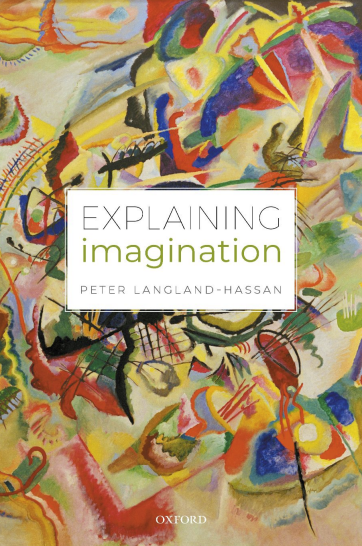Explaining Imagination
Editorial: Oxford University Press
Licencia: Creative Commons (by-nc-nd)
Autor(es): Langland, Peter
Imagination will remain a mystery—we will not be able to explain imagination—until we can break it into simpler parts that are more easily understood. Explaining Imagination is a guidebook for doing just that, where the simpler parts are other familiar mental states like beliefs, desires, judgments, decisions, and intentions. In different combinations and contexts, these states constitute cases of imagining. This reductive approach to imagination is at direct odds with the current orthodoxy, which sees imagination as an irreducible, sui generis mental state or process—one that influences our judgments, beliefs, desires, and so on, without being constituted by them. Explaining Imagination looks closely at the main contexts where imagination is thought to be at work and argues that, in each case, the capacity is best explained by appeal to a person's beliefs, judgments, desires, intentions, or decisions. The proper conclusion is not that there are no imaginings after all, but that these other states simply constitute the relevant cases of imagining. Contexts explored in depth include: hypothetical and counterfactual reasoning, engaging in pretense, appreciating fictions, and generating creative works. The special role of mental imagery within states like beliefs, desires, and judgments is explained in a way that is compatible with reducing imagination to more basic folk psychological states.
[Oxford: 2020]
Compartir:
Una vez que el usuario haya visto al menos un documento, este fragmento será visible.


